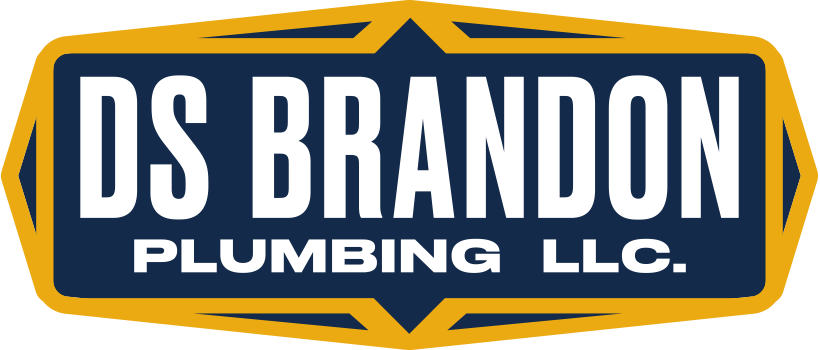Plumbing leaks are a common and often frustrating issue that many homeowners encounter. They can range from minor annoyances to major problems that can cause extensive damage to your home if left untreated. In this blog post, we’ll explore the most common plumbing leaks that homeowners face, their causes, and how to address them.
1. Dripping Faucets
Dripping faucets are one of the most prevalent plumbing issues. That persistent “drip, drip, drip” can be both annoying and wasteful. A dripping faucet is usually caused by a worn-out or damaged washer or O-ring within the faucet. Over time, these components can deteriorate due to normal wear and tear. Fixing a dripping faucet typically involves disassembling the faucet, replacing the worn parts, and reassembling it. If you’re not comfortable with this task, consider hiring a plumber to resolve the issue.
2. Leaky Pipes
Leaky pipes are another common plumbing problem, and they can occur in both older and newer homes. Pipes can develop leaks for various reasons, including corrosion, high water pressure, freezing temperatures, or physical damage. The severity of the leak can range from a slow, steady drip to a major burst. Leaky pipes should be addressed promptly to prevent water damage and mold growth. Depending on the location and extent of the leak, you may need to replace a section of pipe or the entire pipe.
3. Running Toilets
A running toilet is not only annoying but can also waste a significant amount of water, leading to higher water bills. The most common cause of a running toilet is a faulty flapper valve or flush valve seal. These parts can deteriorate over time, preventing the toilet tank from filling and shutting off properly. Replacing the flapper or seal is usually a straightforward fix and can save you money on your water bills.
4. Leaking Water Heater
A leaking water heater can be a serious problem that requires immediate attention. The most common causes of water heater leaks are corrosion and pressure relief valve issues. Over time, the tank of a water heater can corrode, leading to small leaks. The pressure relief valve, designed to release excess pressure, can also develop leaks if it’s faulty or incorrectly installed. It’s essential to address water heater leaks promptly to prevent damage to your home and potential safety hazards. In most cases, you’ll need to replace the water heater.
5. Leaking Garbage Disposal
A leaking garbage disposal is a common kitchen plumbing issue. The leak is typically located at the connections between the disposal unit and the dishwasher, drainpipes, or sink flange. Loose or deteriorated seals and gaskets are often the culprits. To fix a leaking garbage disposal, you may need to tighten the connections or replace the damaged seals.
6. Toilet Base Leaks
If you notice water pooling around the base of your toilet, you likely have a toilet base leak. This type of leak can be caused by a damaged wax ring that seals the toilet to the floor or a loose toilet flange. Replacing the wax ring and securing the toilet flange should resolve this issue.
7. Pipe Joint Leaks
Pipe joints, where two sections of plumbing pipe connect, are vulnerable to leaks. Common pipe joint leaks occur at connections like elbows, T-joints, and couplings. Leaks can develop due to corrosion, pipe movement, or poor initial installation. Fixing a pipe joint leak may involve tightening or re-soldering the joint, or in some cases, replacing a section of the pipe.
8. Leaking Hose Bibs
Hose bibs, the outdoor faucets used for watering gardens and washing cars, can develop leaks over time. These leaks often occur at the connection between the hose bib and the water supply line. To fix a leaking hose bib, you may need to replace the washer, seal, or the entire hose bib.
9. Sump Pump Leaks
If you have a sump pump in your basement, it’s essential to ensure it is functioning correctly to prevent flooding. Sump pump leaks can occur if the pump’s discharge pipe is not properly sealed or if the pump itself is damaged. Addressing sump pump leaks promptly is crucial to maintain a dry basement.
In conclusion, plumbing leaks are a common issue that homeowners must deal with from time to time. While some leaks may seem minor, it’s essential to address them promptly to prevent further damage, higher water bills, and potential health hazards such as mold growth. If you’re unsure about how to fix a plumbing leak or if the issue is extensive, it’s advisable to seek professional plumbing assistance. Regular maintenance and inspections can also help identify and prevent plumbing leaks before they become costly problems. Remember that a proactive approach to plumbing maintenance can save you time, money, and the stress of dealing with unexpected leaks.
